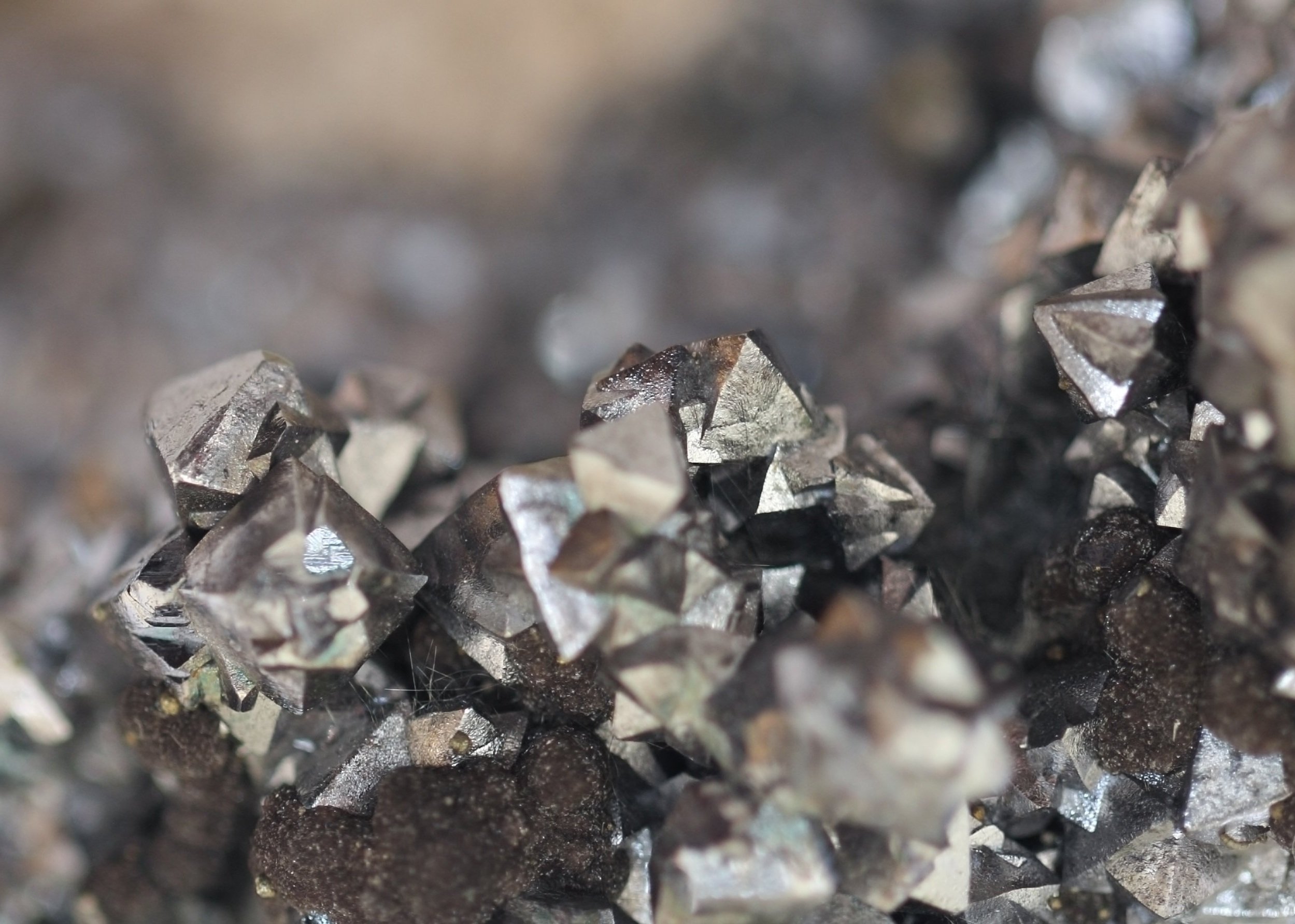
Krstov Dol Antimony Mine Restart Project
Krstov Dol Mine
A near-term opportunity for the resumption of antimony concentrate production with the potential to become one of the largest antimony mining operations globally.
The Krstov Dol Mine is a historical antimony mining operation which shutdown in 1981 due to low antimony prices. Notably, the Krstov Dol Mine restart is the first antimony project to be registered with the
Minerals Security Partnership.
Historical Reserves and Resources
The report titled ‘A Calculation of the Mining Reserves of Sb (Antimony) for the Mining Concession Krstov Dol – Kriva Palanka’ was approved by Yugoslav authorities in 1984. It formally documents historical ore reserves and resources in accordance with the †GKZ classification framework, as detailed in Table 1.
Although approximately 50,000 tonnes of ore was previously extracted, the report states that the category D1 historic resource of 2,916,000 tonnes along with unexplored parallel structures, represent promising exploration targets with potential for upgrading and delineation through infill drilling and additional exploration work.
| Category | Ore Ton (t) | Grade (Sb%) | Metal Ton (t) |
|---|---|---|---|
| B | 83,971 | 4.62% | 3,702 |
| C1 | 51,188 | 4.62% | 2,397 |
| Total B + C1 | 135,159 | 4.62% | 6,099 |
| C2 | 38,845 | 1.59% | 618 |
| D1 | 2,916,000 | 0.5% | 14,580 |
Table 1: Historical reserve and resource classification (GKZ)
Notes: Table 1 is taken from ‘A Calculation of the Mining Reserves of Sb (Antimony) for the Mining Concession Krstov Dol – Kriva Palanka’. The exploration target and historical reserve/resources stated here are based on historical data. At this stage, the potential quantity and grade are conceptual in nature, and there has been insufficient exploration to estimate a Mineral Resource. Until the planned exploration and verification work has concluded, it is uncertain if further exploration will result in the estimation of a Mineral Resource.
† The GKZ resource classification system is the State Commission on Mineral Reserves (Gosudarstvennaya Komissiya po Zapasam Poleznykh Iskopaemykh, abbreviated as GKZ). It is a Russian system for classifying mineral reserves and resources, widely used in Russia and several post-Soviet countries.

Krstovska River near abandoned mining facilities

Outcrops of chlorite-muscovite schists

Entrance to mine export gallery at level 1024m
Mine Restart Plan
A comprehensive plan has been developed and initiated to restart operations at the historic Krstov Dol Mine and produce saleable antimony concentrate by the first quarter of 2027.
-
The Reserve Validation Program includes 15,000m of diamond core drilling to validate and expand the historical GKZ-classified ore reserves and resources in accordance with the JORC Code.
-
While the mine remains largely undisturbed since operations ceased in 1981, development work is required to safely re-establish mining operations and access underground mineralisation. In contrast, an entirely new process plant will need to be engineered and constructed.
-
The KDM is accessible by light and heavy vehicles via existing bitumen road. Meanwhile, the power supply can be directly obtained from the national grid transmission lines that traverse the site, and the re-establishment of water supply and other necessary mine utilities and infrastructure is expected to be relatively straightforward.
-
The mine restart plan includes for a social and environmental impact assessment to ensure that the mine's development complies with internationally-recognised environmental and social standards, and addresses the needs of the local community. The company is exploring renewable solar energy sources to support long-term, sustainable power generation for the site.
Schematic cross section showing the mined and unmined sections of the KDM
Oblique view showing conceptual process plant layout
We respect your privacy.


